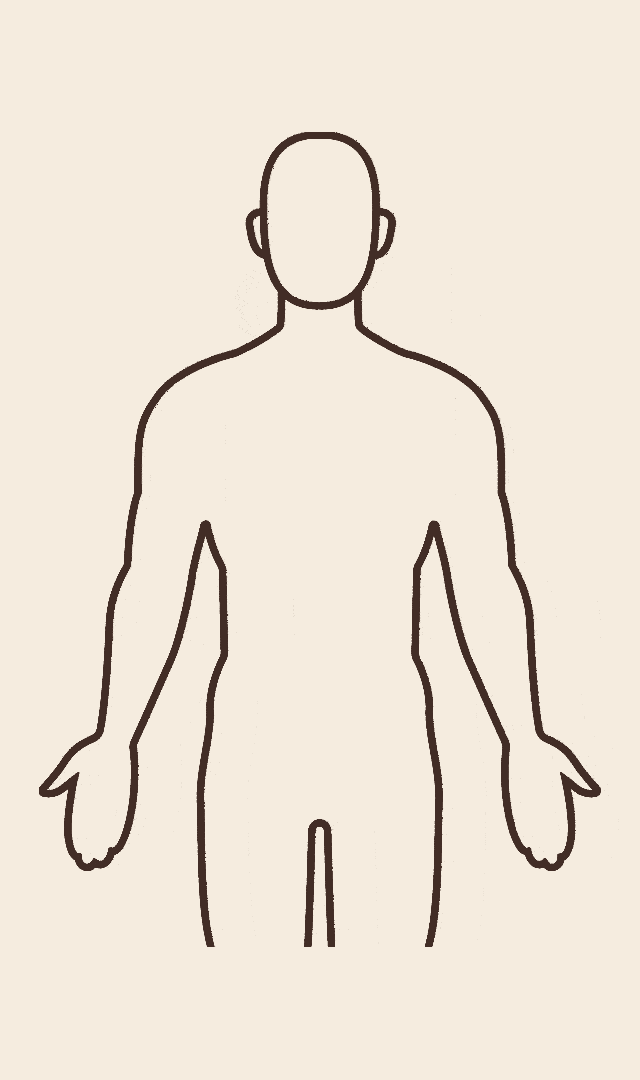“The discovery of the endocannabinoid system is the single most important scientific medical discovery since the recognition of sterile surgical technique. As our knowledge expands we are coming to realize that the endocannabinoid system is a master control system of virtually all physiology.” – Dr. David B Allen
Every vertebra on the planet has an inherent biological system that works naturally with the cannabis plant. This same system is responsible for regulating your breathing, digestion, and ability to process this sentence. In 1992 Czech researcher Lumir Hanus discovered our bodies produce our own cannabis-like compounds called endocannabinoids. This important discovery revealed that these endocannabinoids and their receptors make up a very important system in our bodies – the endocannabinoid system (ECS).
Since its discovery in the 90s, we’ve learned this complex network is perhaps the most important physiological system. It can be found throughout all other systems in your body, from your cardiovascular to skeletal-muscular system. It’s in every skin cell, spanning muscles, bones and joints to act as our in-house homeostasis regulator. In short, the ECS oversees and regulates practically all bodily functions to keep everything balanced and working harmoniously.
There are three main elements of the system: endocannabinoids, receptors, and enzymes.
They work in a lock and key method, similar to our neuro-transmitters, meaning endocannabinoids have millions of perfectly shaped parking spots all throughout our bodies. Our ECS naturally activates and releases endocannabinoids in response to changes in environment like exercise, stress, pain, or time of day, to maintain homeostasis. In a world where many of us live in a perpetual state of fight-or-flight, maintaining this system is more crucial than ever.

The cannabis plant also produces cannabinoids that fit perfectly into these receptor parking spaces. They are called phytocannabinoids but most know them as THC, CBD, CBG, CBN, etc. When these bind with our natural endocannabinoid receptors, they also help balance our internal systems.
Mind-body activities such as meditation, yoga, breathwork, running, and massage naturally release endocannabinoids, resulting in a blissful and balanced feeling. Our ECS is always fluctuating to maintain equilibrium and leading cannabinoid experts, such as Ethan Russo, believe that certain lifestyle factors including chronic stress, poor diet, and lack of quality sleep can result in what has been coined an ‘endocannabinoid deficiency’. Endocannabinoid deficiency has been linked to mood swings, migraines, fibromyalgia, and IBS. Supplementing with cannabis is one excellent way to balance our natural endocannabinoid system. We can also maintain a healthy ECS with proper diet, sleep, exercise, and stress management.
Cannabis remains a Schedule I substance in the US, which restricts research by law, so what we know about the ECS is the tip of the iceberg. Despite the prominence and importance of the ECS, knowledge of it remains limited among physicians due to a lack of appropriate education in medical schools. Just understanding the basics of the ECS, it’s easy to see our bodies are hard-wired for cannabis and the fear-mongering propaganda of the early twentieth century continues to lose validity. In many ways, it seems animals and humans have co-evolved with this plant. Whether you choose to use cannabis or not, there is a beautiful divinity in the discovery of the endocannabinoid system. This divinity will continue to unfold as federal legalization and research fill the knowledge gap.
Interested in learning more? We offer 1:1 coaching in using cannabis to support your natural endocannabinoid system, allowing you to achieve more balance of the body, all its systems, and mind.
